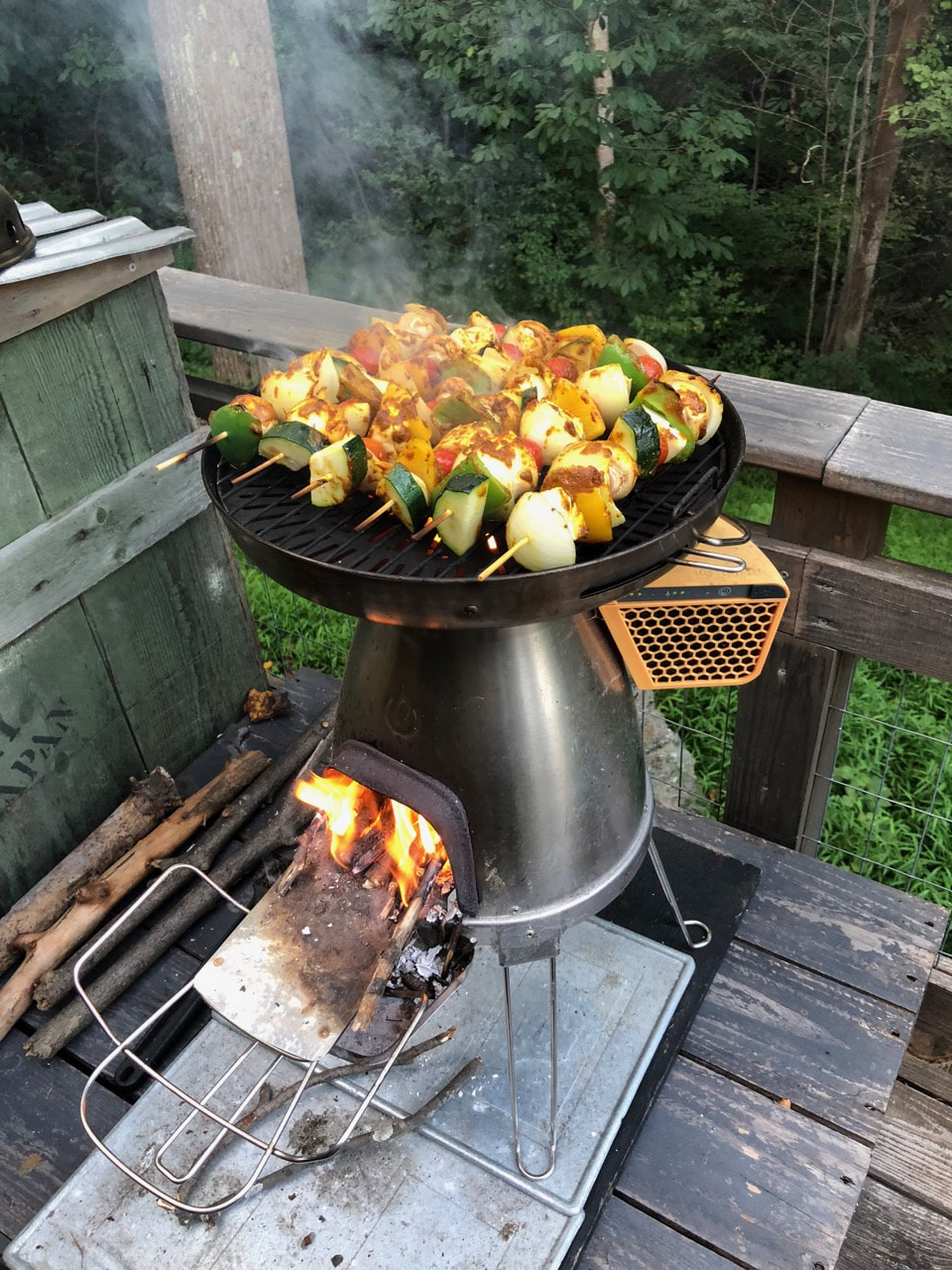
-----------------------------------------------------
We've mentioned our enjoyment of a good wood fire. We've also mentioned our concern about releasing particulate matter in the air when we burn that wood.
That's where Biolite comes in. The founders were frustrated that efficient camp stoves burned fossil fuel, and they set out to build a better camp stove. In the process of designing improved combustion for a small camping stove, they learned that inefficient, polluting stoves were a problem around the world, especially devastating poor families.
As the company explains: "In 2008, Jonathan and Alec took their working prototype to a combustion conference where they discovered their technology could have an impact: half the planet lives in energy poverty, lacking safe and reliable ways to cook, charge, and light their lives; three billion people cook over smoky open fires every day, leading to 4 million premature deaths annually. It was with these shocking numbers that Jonathan and Alec committed to building a business capable of bringing safe, affordable energy to those who needed it most. "
Today, Biolite makes and markets a number of wood camp stoves and solar-powered lights to outdoorsy people like us; then, they use part of the profits from that business to bring safe, affordable energy to families living in energy poverty across India and Africa.
Besides being an enlightened, earth-friendly company, Biolite makes great products. We have a mini Biolite CampStove for when we're off adventuring, but here at home we grill on their BaseCamp Stove. Once the fire gets going, it generates energy and powers a fan that allows the stove to burn more efficiently, drastically reducing the particulate matter of smoke. We can pick up sticks around the house and not only cook dinner, but power a light or charge our phones. Cooking outside, when the weather permits, keeps the heat out of our tiny house.
Our latest Biolite fascination? Our brand new FirePit, complete with its 4-speed internal fan that feeds 51 air jets across the burn chamber to inject the fire with oxygen and burn smoke before it escapes the fire pit. Not quite smokeless, but just about—which makes it a much better option for enjoying a fire beside the house. The fan also allows us to control the heat output of the fire, which will come in handy when we get around to using the FirePit for grilling. The whole unit packs up into a handy carrying case, easy to stow away when not in use.
Our CampStove has its own tiny home, a reclaimed shipping crate. Now, it's time to construct another wee home for our new FirePit....
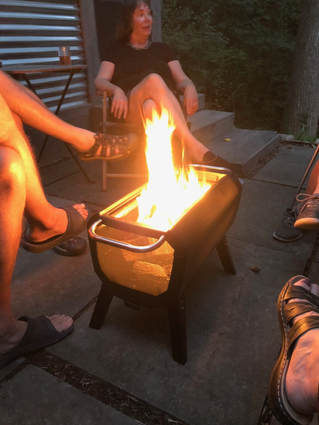
A recent tiny house dinner party featured grilled kabobs (above), followed by wine beside an evening campfire (left). Flames courtesy of BioLite. Images courtesy of Susan Kaspar.
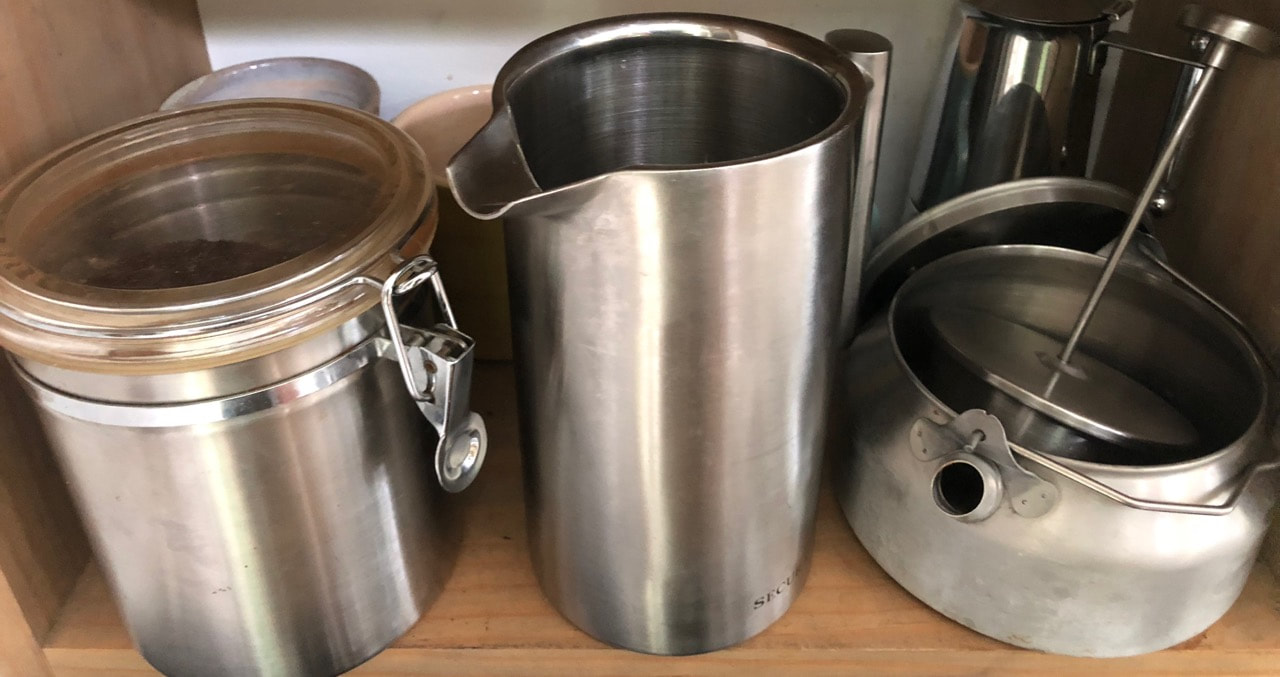
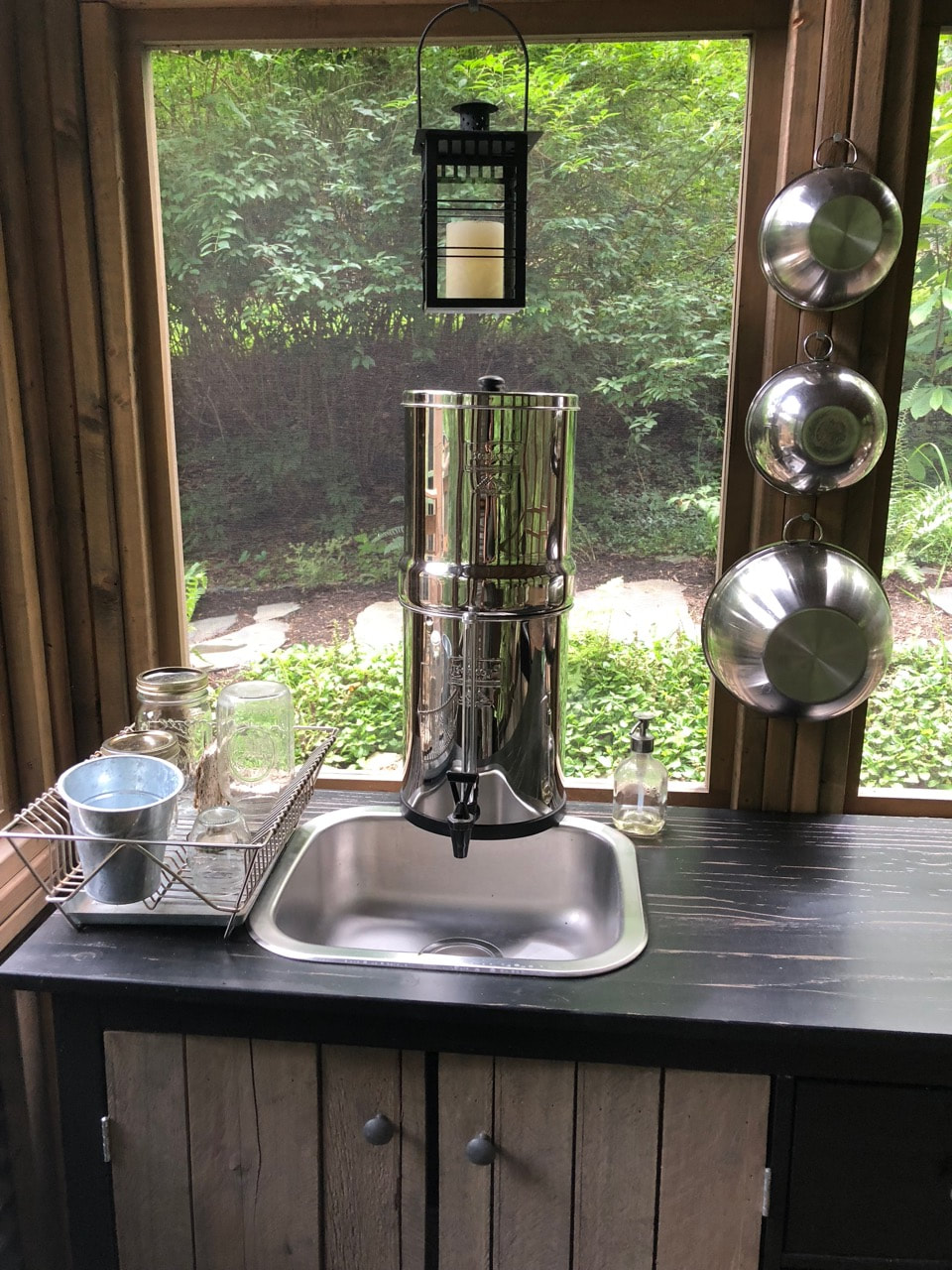
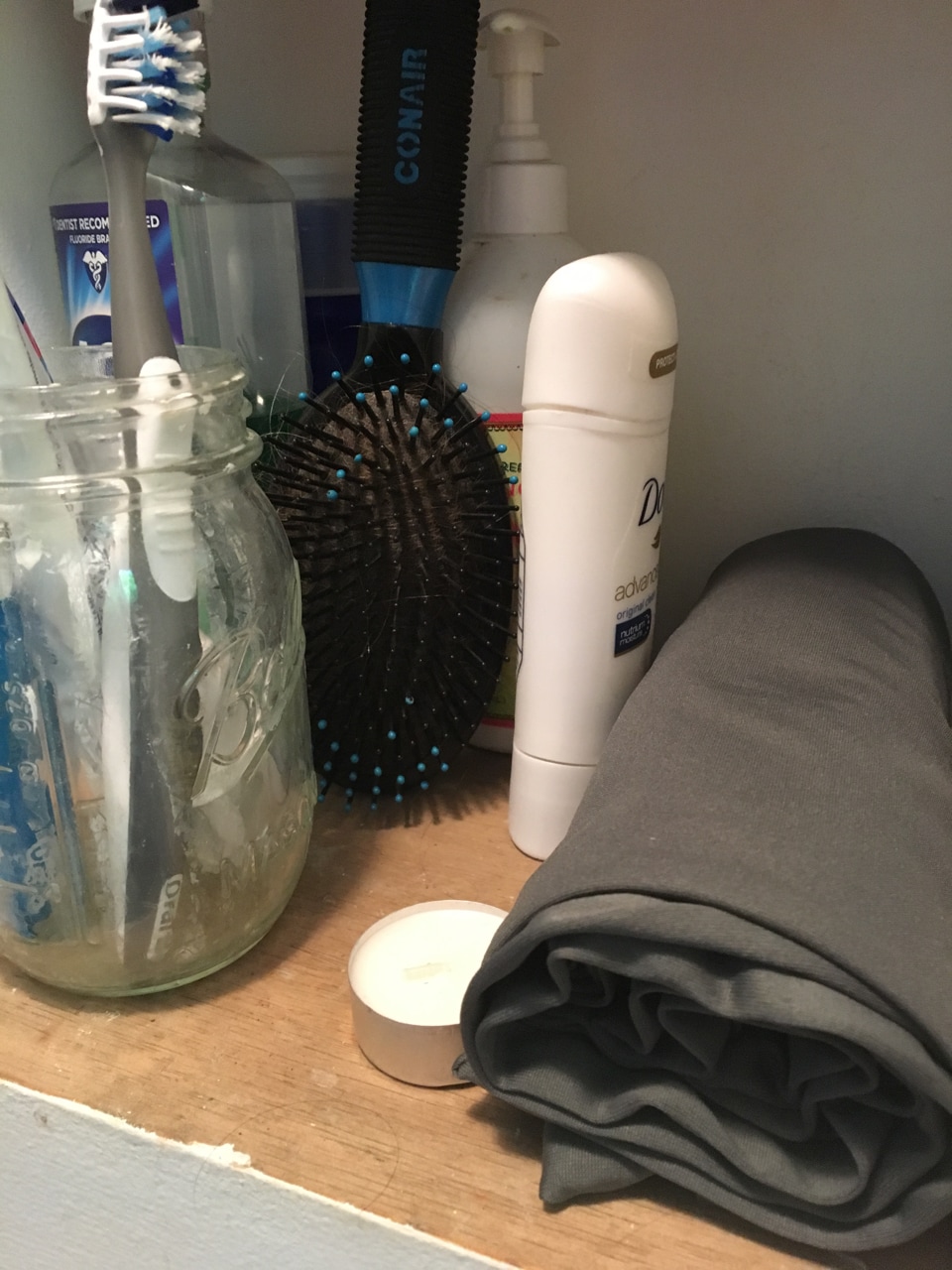
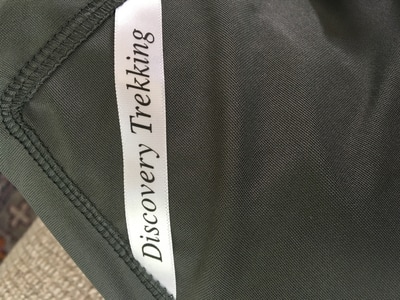
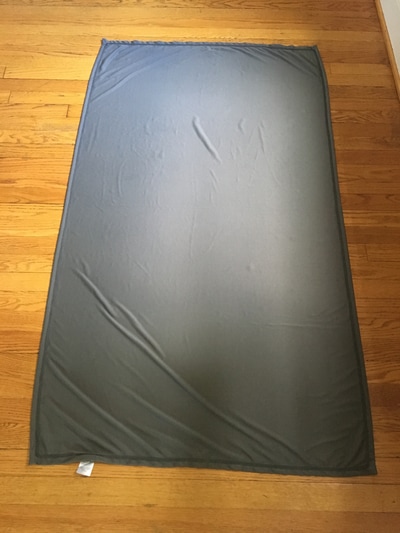
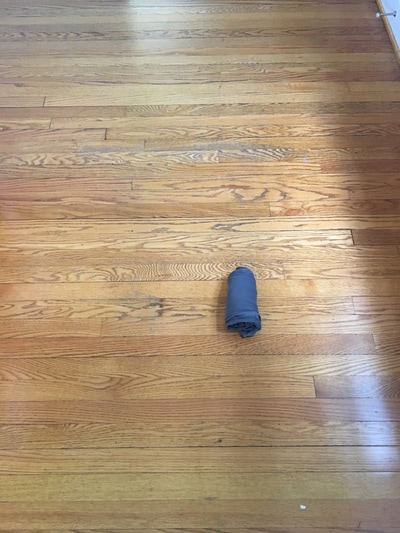
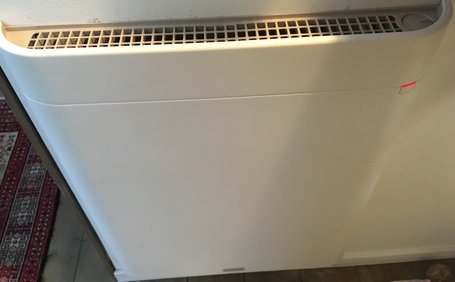
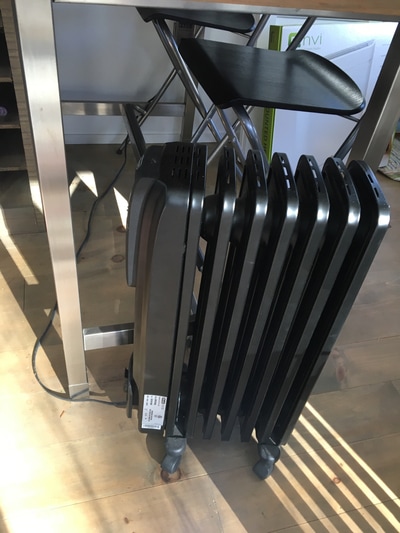
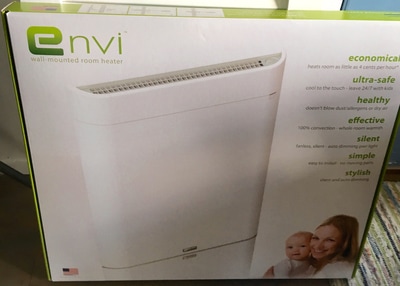
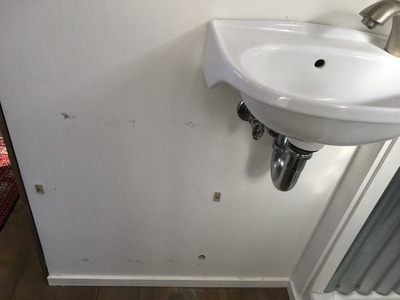
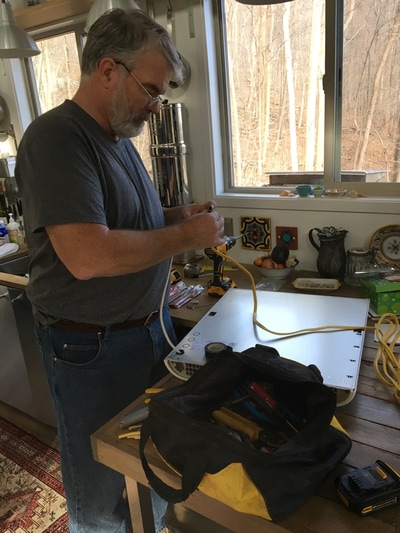
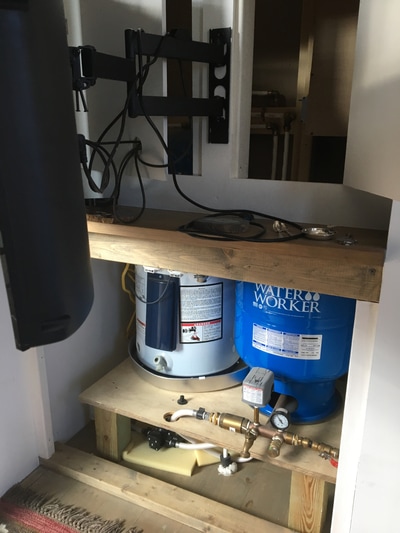
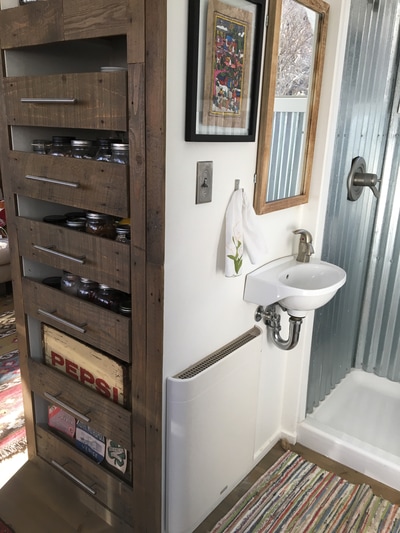
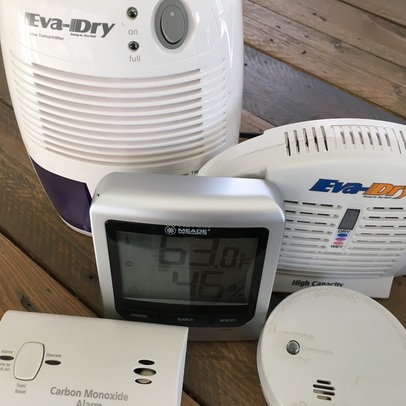
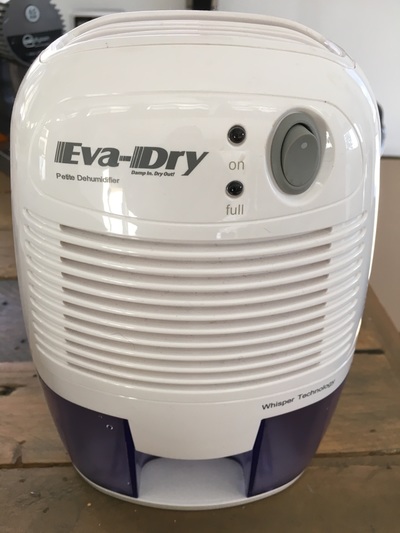
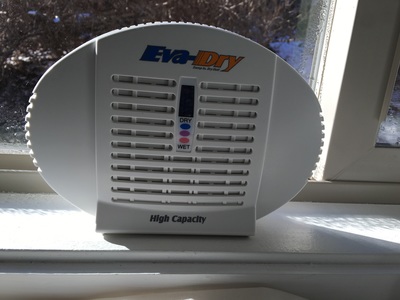
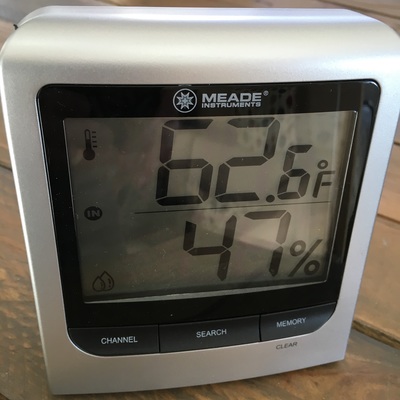
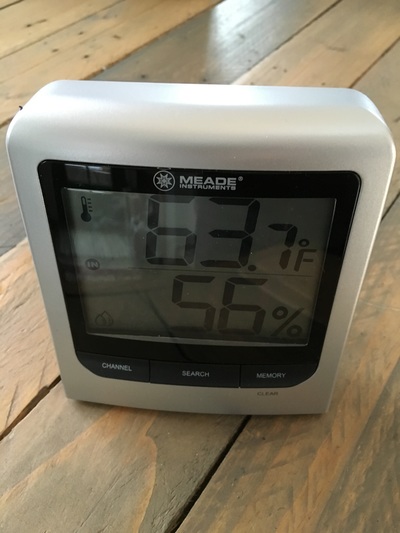
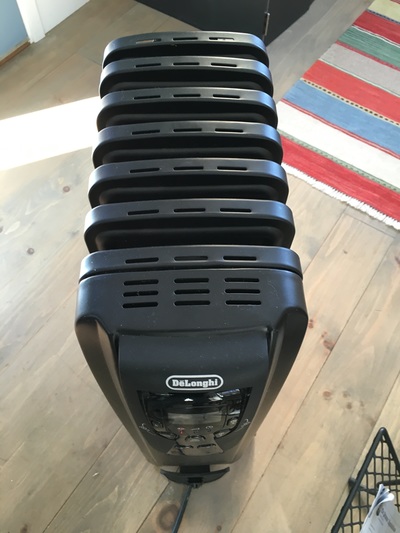
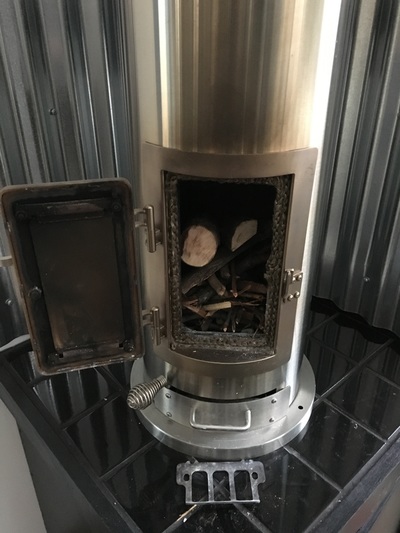
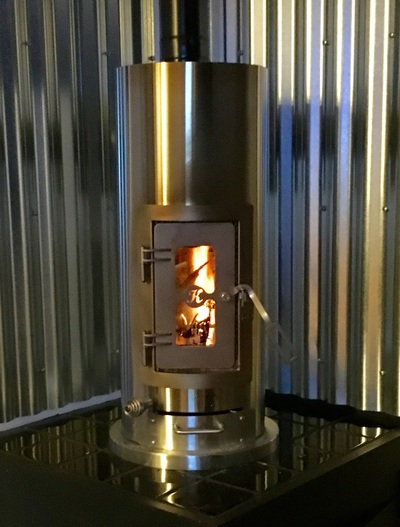
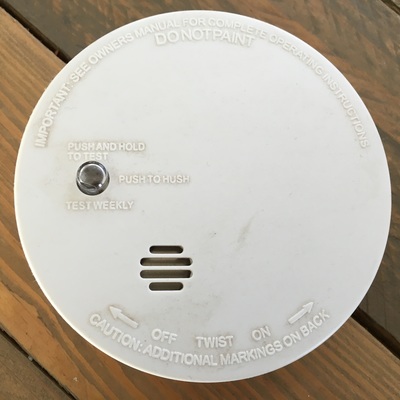
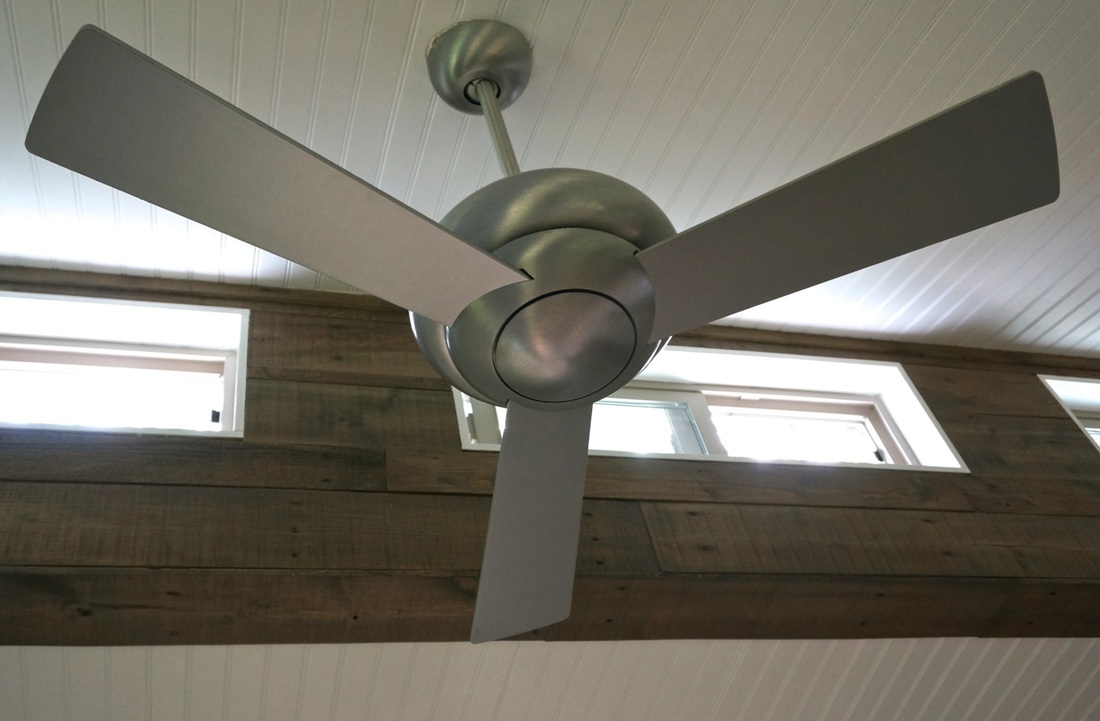
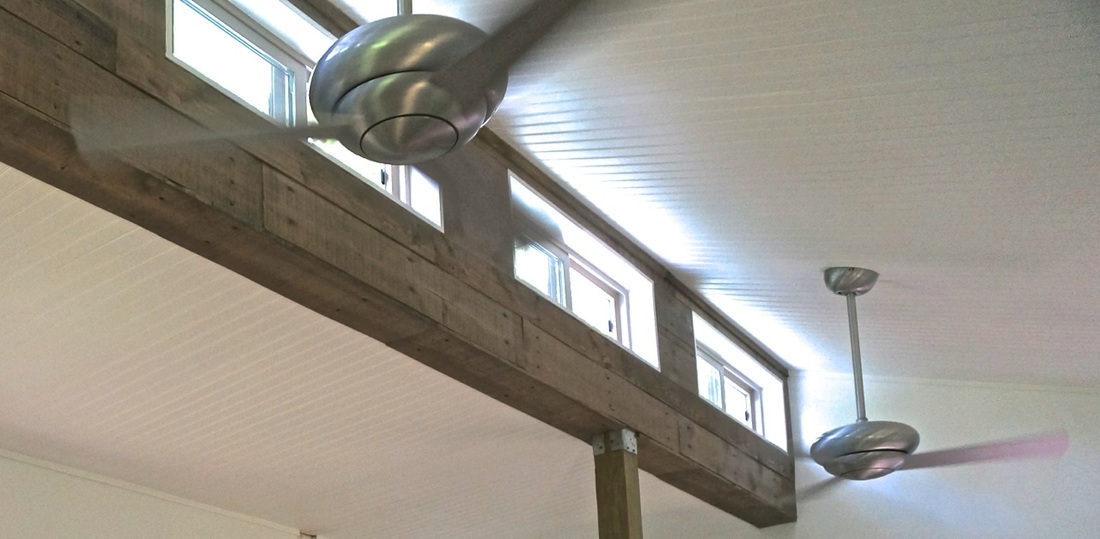
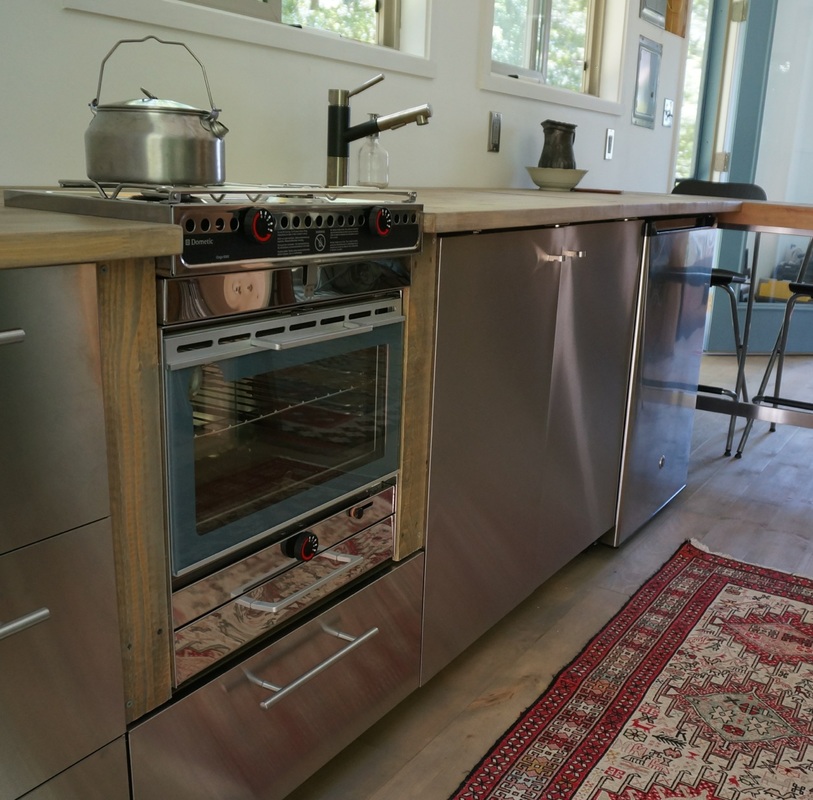
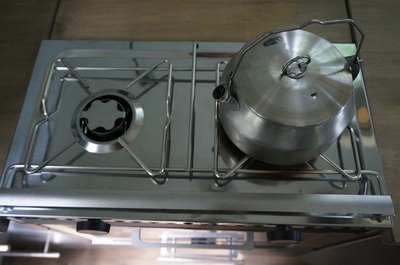
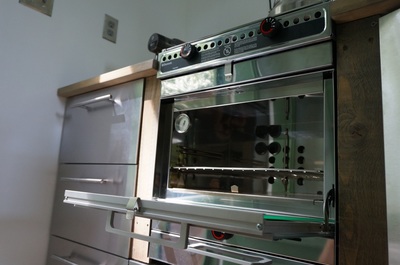
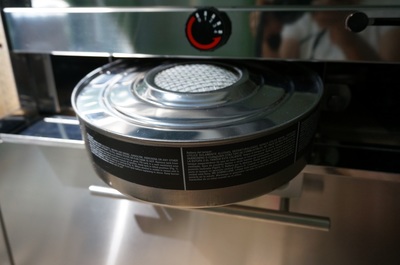
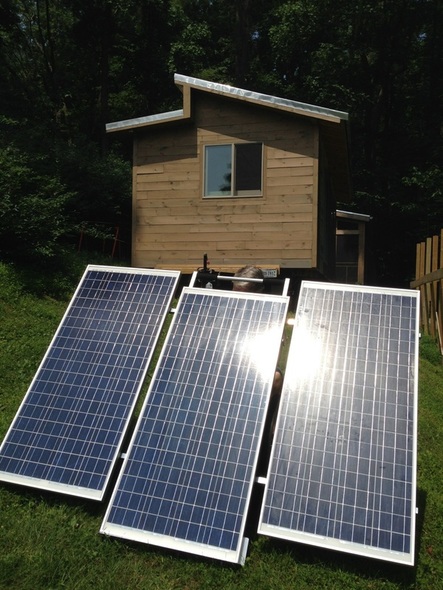
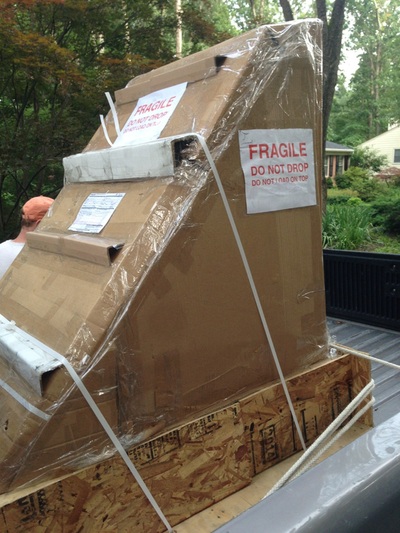
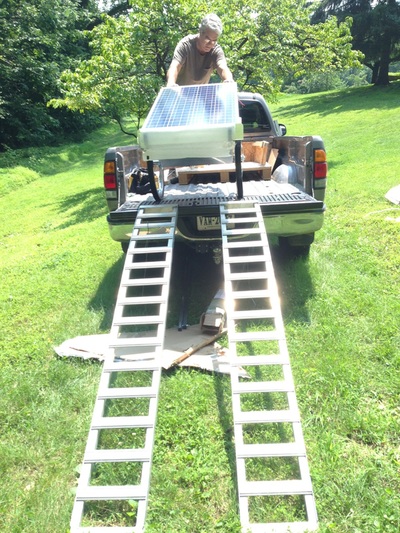
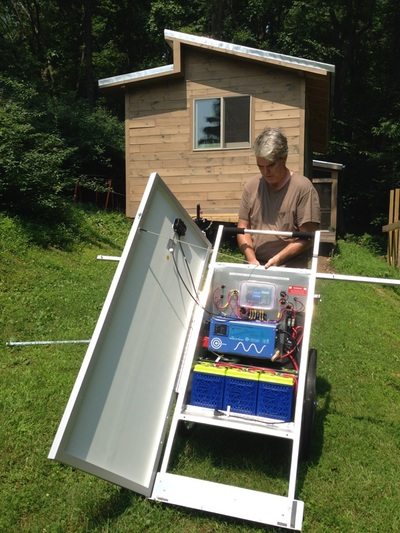
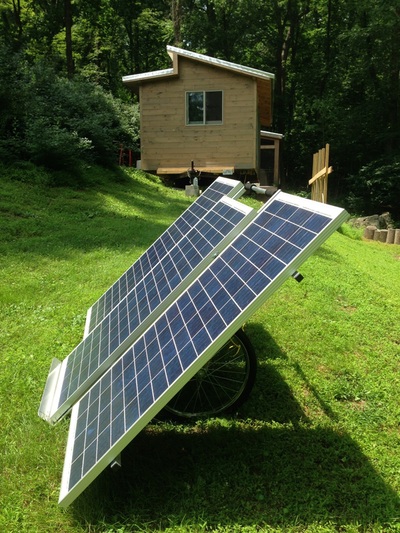
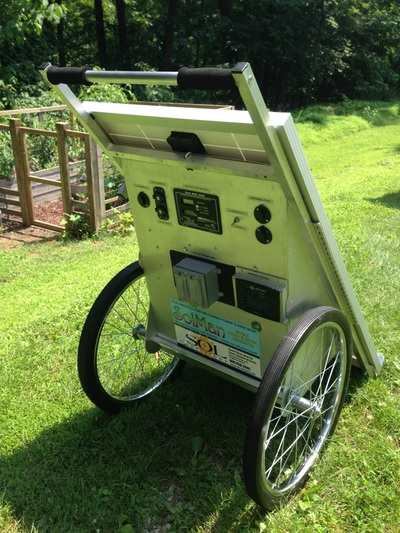
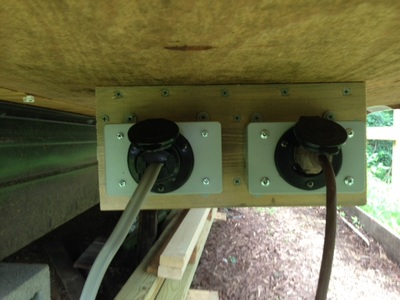
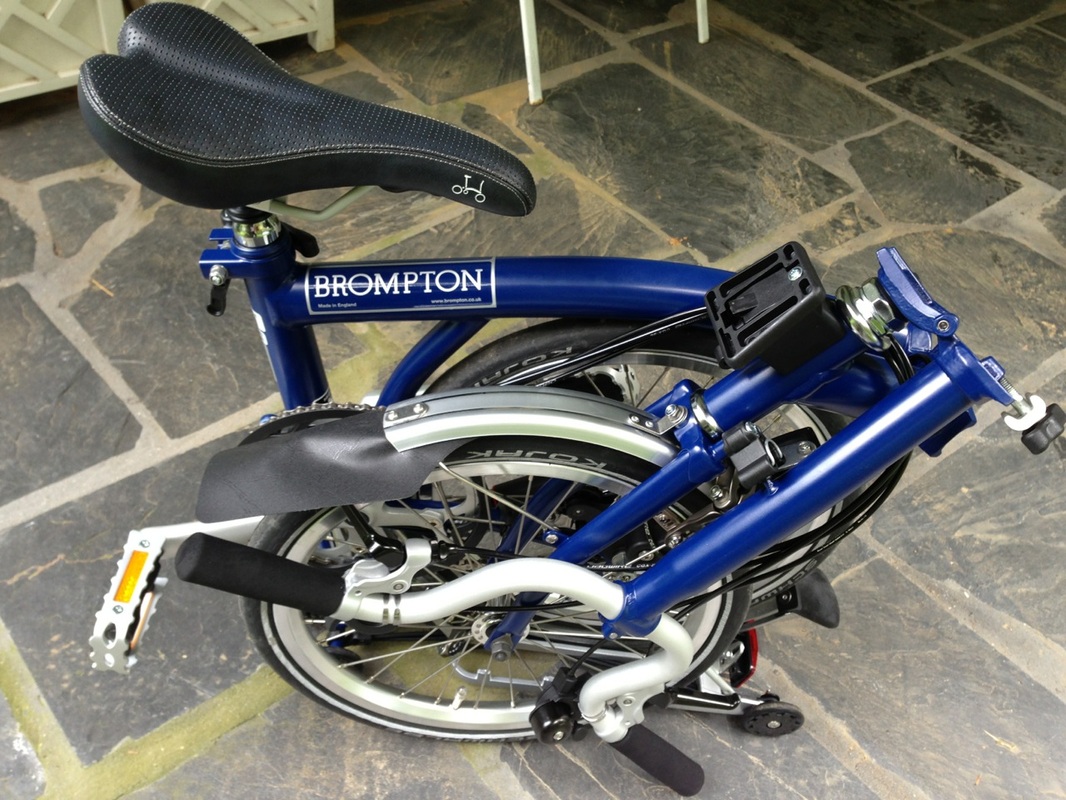
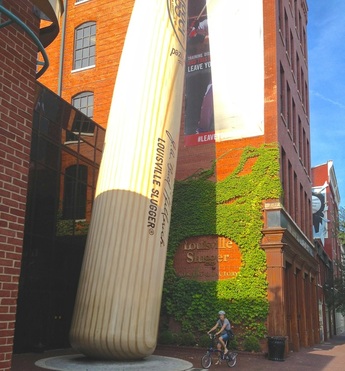
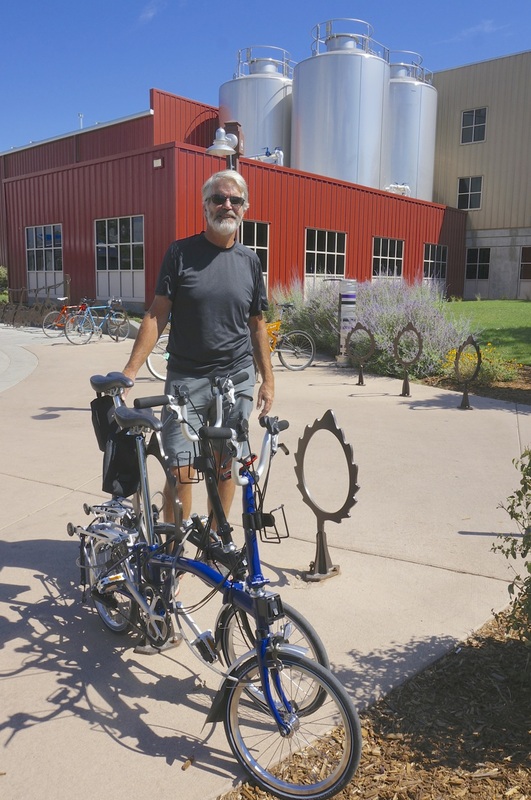
 RSS Feed
RSS Feed
